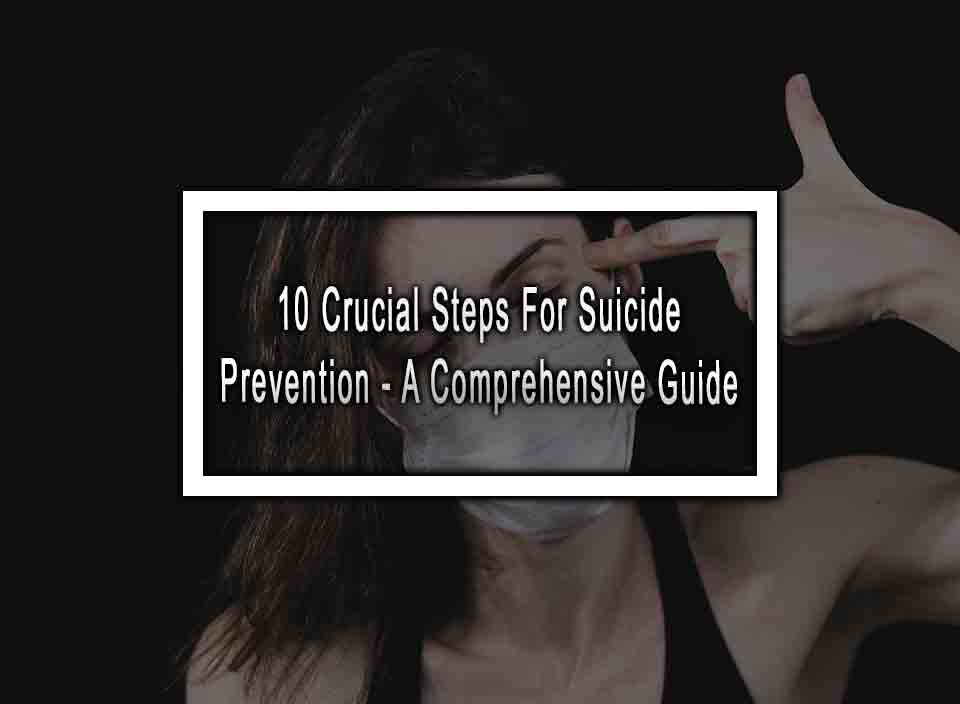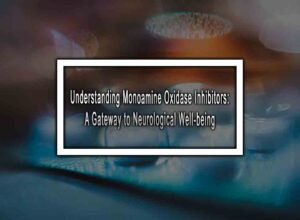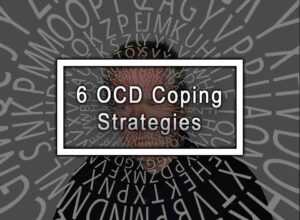Table of Contents
ToggleBreaking the Silence: Let’s Talk About Suicide Prevention
In recent years, there has been a growing need to address the critical issue of suicide prevention. This guide aims to provide you with essential steps and resources to ensure you are well informed and equipped to make a positive impact in your community. Together, let’s break the silence surrounding suicide and work towards saving lives.
1. Recognize the Warning Signs
Identifying the warning signs of suicide is crucial to intervening and providing support. By familiarizing yourself with the common indicators, you can help someone in distress seek professional help early on.
2. Create Open Dialogue
Encouraging open conversations about mental health not only reduces stigma but also allows individuals to feel heard and understood. By creating a safe space, you can support those around you and help them navigate their emotions without judgment.
3. Promote Mental Health Education
Educating yourself and others about mental health is a powerful tool in suicide prevention. Sharing accurate information, debunking myths, and increasing understanding can contribute to a society that is more compassionate and supportive.
4. Provide Access to Helplines and Resources
Including helpline numbers, crisis centers, and online resources in your community outreach efforts ensures that individuals in need have access to immediate help. Spread this information widely and encourage people to leverage these resources when in distress.
5. Support Effective Policies and Legislation
Advocacy plays a vital role in shaping policies and legislation that support mental health and suicide prevention. By engaging with local authorities and advocating for evidence-based practices, we can create a more supportive environment for those struggling with suicidal thoughts.
6. Foster Resilience and Coping Strategies
Promoting resilience and coping strategies can help individuals navigate life’s challenges and build emotional strength. Encouraging self-care practices, stress management techniques, and healthy coping mechanisms contribute to overall mental well-being.
7. Train School Staff and Educators
Providing comprehensive training programs for school staff and educators equips them with the necessary skills to identify warning signs and offer appropriate support to at-risk students. Early intervention at educational institutions can make a significant difference in preventing suicide.
8. Support Survivors and Those Bereaved by Suicide
Suicide affects not just the individual but also their loved ones. Supporting survivors and those bereaved by suicide is crucial in helping them navigate the complex emotions associated with loss. Empathy, understanding, and access to support groups can contribute to their healing process.
9. Foster Positive Mental Health in the Workplace
Creating a positive work environment that supports employees’ mental well-being is essential. Encouraging work-life balance, offering mental health resources, and fostering a culture of open communication can prevent work-related stress and contribute to suicide prevention.
10. Stay Informed and Evolve
The field of mental health is constantly evolving, and staying informed is key to making lasting change. Actively seeking knowledge, participating in training programs, and supporting ongoing research ensures that you are equipped to address mental health issues effectively.
Championing Hope: Lighting the Way for Suicide Prevention
By following these essential steps mentioned above, you can contribute to suicide prevention efforts in your community and beyond. Remember, it takes collective action, empathy, and a commitment to ending the stigma surrounding mental health. Together, we can champion hope and save lives.
Suicide Prevention FAQ
Here are the most common questions about suicide prevention.
1. What are some warning signs of suicidal behavior?
Warning signs of suicidal behavior can include talking about wanting to die or kill oneself, expressing feelings of hopelessness or being trapped, extreme mood swings or sudden behavior changes, withdrawing from activities and social interactions, giving away personal belongings, and saying goodbye to loved ones.
2. What should I do if I suspect someone is suicidal?
If you suspect someone may be suicidal, it is important to take their concerns seriously and respond with empathy and support. Encourage them to talk about their feelings, listen without judgment, and let them know that help is available. Encourage them to seek professional help from a mental health professional, and stay connected with them, checking in regularly and offering support.
3. Is it okay to ask someone directly if they are thinking about suicide?
Yes, it is okay to ask someone directly if they are thinking about suicide. Asking about suicidal thoughts or intentions can help open up a conversation and provide an opportunity for the person to share their feelings. It shows that you care and are willing to listen and provide support.
4. How can I help someone who is suicidal?
There are several ways you can help someone who is suicidal. Listen to them without judgment, encourage them to seek professional help, and offer to accompany them to appointments if necessary. Stay connected with them, check in regularly, and provide emotional support. It is also important to take any immediate threats or actions seriously and involve emergency services if necessary.
5. Are there helpline numbers available for suicide prevention?
Yes, there are helpline numbers available for suicide prevention in many countries. These helplines provide immediate support, guidance, and resources for individuals in crisis or those concerned about someone else. Examples of helpline numbers include the National Suicide Prevention Lifeline in the United States (1-800-273-8255) and Samaritans in the United Kingdom (116 123).












